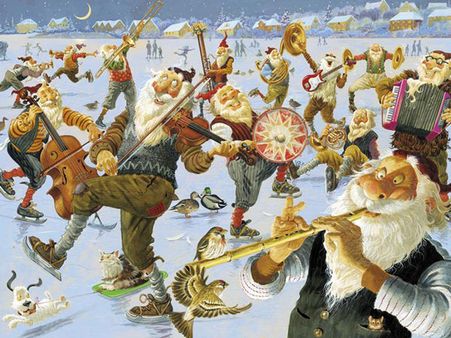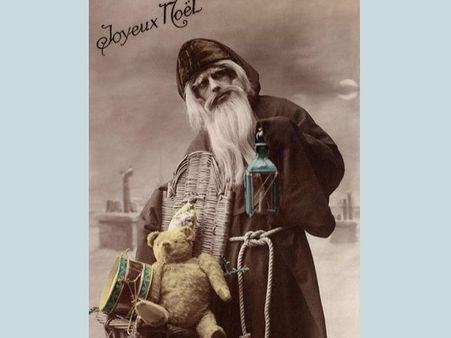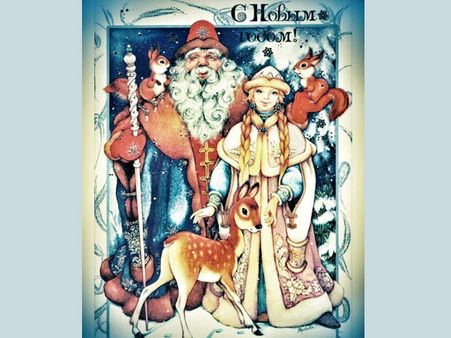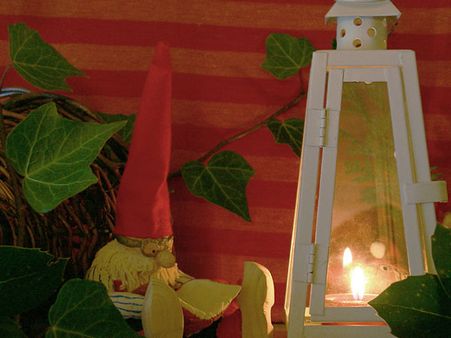Just In
- 4 hrs ago

- 4 hrs ago

- 8 hrs ago

- 14 hrs ago

Don't Miss
- Sports
 Pakistan vs New Zealand: PCB's Failure to Learn Lesson As Fans Continue To Suffer At Rawalpindi Cricket Stadium
Pakistan vs New Zealand: PCB's Failure to Learn Lesson As Fans Continue To Suffer At Rawalpindi Cricket Stadium - Finance
 1:10 Stock Split: Below Rs 10, Fertilizer Sector Turned Ex-Split; 8,282% Returns In 5 Years
1:10 Stock Split: Below Rs 10, Fertilizer Sector Turned Ex-Split; 8,282% Returns In 5 Years - Movies
 Pukaar Dil Se Dil Tak Promo: Sayli Salunkhe Impresses In First Video Of Sony TV Show, Details About Her Role
Pukaar Dil Se Dil Tak Promo: Sayli Salunkhe Impresses In First Video Of Sony TV Show, Details About Her Role - News
 Chinese President Xi Jinping Orders Biggest Military Reorganisation Since 2015
Chinese President Xi Jinping Orders Biggest Military Reorganisation Since 2015 - Education
 Exam Pressure Does Not Exist; Studying Punctually is Crucial; Says Aditi, the PSEB 2024 Topper
Exam Pressure Does Not Exist; Studying Punctually is Crucial; Says Aditi, the PSEB 2024 Topper - Automobiles
 Suzuki Swift Hatchback Scores 4 Star Safety Rating At JNCAP – ADAS, New Engine & More
Suzuki Swift Hatchback Scores 4 Star Safety Rating At JNCAP – ADAS, New Engine & More - Technology
 Dell Introduces AI-Powered Laptops and Mobile Workstations for Enterprises in India
Dell Introduces AI-Powered Laptops and Mobile Workstations for Enterprises in India - Travel
 Journey From Delhi To Ooty: Top Transport Options And Attractions
Journey From Delhi To Ooty: Top Transport Options And Attractions
Various Avatars Of Santa Claus Around The World
Christmas without Santa Claus is incomplete. The ever jolly, portly man with a white beard is famous for giving gifts to children on the night of Christmas Eve. He is equally loved by children and adults. But did you know that this gift-bringer character varies from country to country? On Christmas Eve, various countries still follow their own unique Christmas characters. The different Santa Clauses around the world will definitely make you sit up and take note.
The modern day Santa Claus became popular in the United States and Canada in the 19th century following the notable influence of the 1823 poem 'A Visit From St. Nicholas' by Thomas Nast, a German-born American caricaturist and political cartoonist. This image was carried on through song, radio, television, children's books and films.
However, we take a look at some of the remarkable forms of Santa Claus in different countries. Join us on our ride to know about the unusual avatars of Santa Claus across the world. Ho! Ho! Ho!
Download, It's Time For Christmas Android App for Free and bring in the festive spirit to your Mobile

Sinterklaas (The Netherlands)
A serious looking Dutch counterpart of Santa Claus is Sinterklaas, an elderly man who resembles more like a pope. He dons stately robes and has a helper named Black Peter (Zwarte Piet in Dutch). Sinterklaas resides in an unspecified castle in Spain. Traditionally, he arrives in the Netherlands by steamboat in mid-November. He then rides on his white-grey horse over the rooftops at night, delivers gifts through the chimney to the well-behaved children till the night before St. Nicholas Day which falls on December 6. Naughty children are beaten with bundles of small branches or taken to Spain. Sinterklaas is one of the different Santa Clauses around the world.

The Yule Lads (Iceland)
Also known as Yulemen, the Yule Lads are Icelandic version of Santa Claus. Although, their number has varied throughout the ages, at present they are considered to be thirteen. They are known for their playful nature and have the Yuletide Cat as a companion which is described as a hungry beast that eats bad children. These 13 men place gifts in the shoes of well-behaved kids in the 13 nights that lead to Christmas Eve. And naughty children are given rotten potatoes.

Le Befana (Italy)
Who said all the witches are bad? Le Befana is a friendly witch who dons the role of a gift-bringer in Italian folklore. Based on the place you live in Italy, Le Befana gives you gifts either on the Epiphany (a Christian festival held on January 6 in honour of the coming of the three kings to the infant Jesus Christ) or on Christmas. She leaves candies, figs, and goodies in socks of the well-behaved children and gives coal - or dark candy - to naughty children. Parents of the children leave a glass of wine for her so that she can enjoy after travelling across the sky on her broomstick.

Père Noël (France)
Père Noël or 'Father Christmas' of France is one of the most famous avatars of Santa Claus. He resembles Santa Claus, however, instead of reindeer sleigh, he rides a single donkey called Gui (French for Mistletoe). Like Sinterklaas and other variations of Santa, Père Noël leaves small gifts and candy in shoes left next to fireplace. Père Noël is one of the different Santa Clauses around the world.

Ded Moroz (Russia)
Russian version of Santa Claus is Ded Moroz (Grandfather Frost). He dresses similarly to Santa and carries magical staff (long wand) with himself. He is always accompanied by his granddaughter Sengurochka, Snow Girl. Depending on your location, Ded Moroz either resides in Veliky Ustug or Belavezhskaya Pushcha and arrives from either of these places by troika of white horses on New Year's Eve or New Year's Day. He brings gifts for children and places them under the New Year's tree. However, according to certain versions, he also comes to parties and celebrations to give gifts personally.

Jultomte (Sweden)
Jultomte is a small mythical creature. He is old, has beard, and is capped, similar to a garden gnome. Initially, it was a Christmas goat, the julbock, who used to give gifts and holiday cheer to Swedes. However, around past century, Jultomte replaced the Christmas goat.

Christkind (Various European Countries)
Christkind, meaning 'the Christ Child,' is a gift-bringer popular in Germany, the Czech Republic, Croatia, Austria, Italy, Liechtenstein, Luxembourg, Portugal, Switzerland, Slovakia, Hungary, France, Upper-Silesia in Poland, parts of Hispanic America. He was popularised in the 1500s by Martin Luther with the hopes that a more religion-based holiday figure would discourage the figure of St. Nicholas. Christkind, literally baby Jesus, is depicted as a small, saintly child with blond hair and angel wings. He is still celebrated among Catholic regions of South and Central America despite the popularity of Santa Claus. Christkind is one of the unique Santa Claus names around the world.
-
 anecdotesChristmas Tales: The Legend Of The Candy Cane
anecdotesChristmas Tales: The Legend Of The Candy Cane -
 faith mysticismSignificance Of Christmas Candles
faith mysticismSignificance Of Christmas Candles -
 faith mysticismMeaning & Significance Of The Christmas Symbols
faith mysticismMeaning & Significance Of The Christmas Symbols -
 pulseMyths About Santa Claus
pulseMyths About Santa Claus -
 pulseMyths Of Christmas You Need To Know
pulseMyths Of Christmas You Need To Know -
 festivalsWhat Does Each Day of 12 Days of Christmas Mean?
festivalsWhat Does Each Day of 12 Days of Christmas Mean? -
 lifeTop 5 Christmas Myths You Didn't Know!
lifeTop 5 Christmas Myths You Didn't Know! -
 pulseWhy Is Santa Claus Called 'Santa Claus'?
pulseWhy Is Santa Claus Called 'Santa Claus'? -
 faith mysticismWhy Does Santa Claus Wear Red?
faith mysticismWhy Does Santa Claus Wear Red? -
 kidsChristmas Movie For Family – A Must See
kidsChristmas Movie For Family – A Must See -
 faith mysticismWhy Santa Claus Comes Down The Chimney?
faith mysticismWhy Santa Claus Comes Down The Chimney? -
 faith mysticismIs Santa Claus Real?
faith mysticismIs Santa Claus Real?


 Click it and Unblock the Notifications
Click it and Unblock the Notifications



